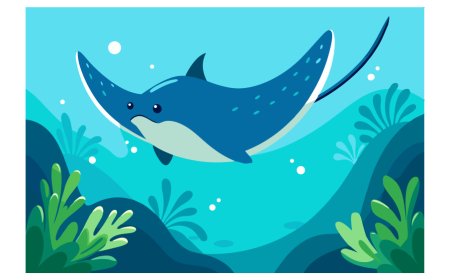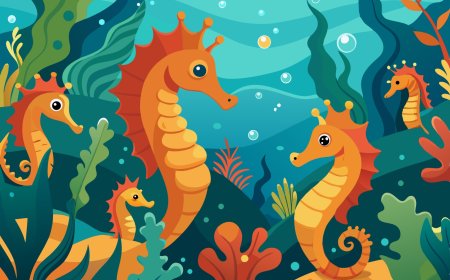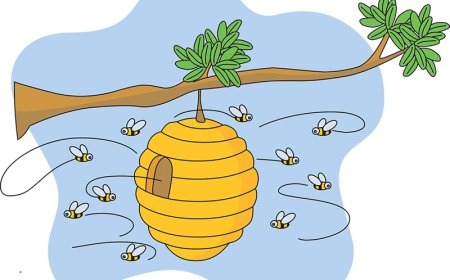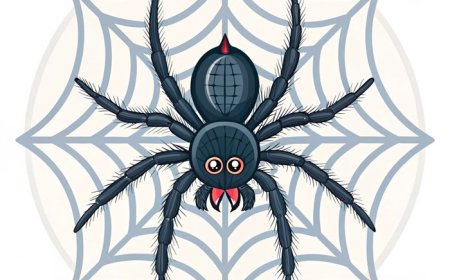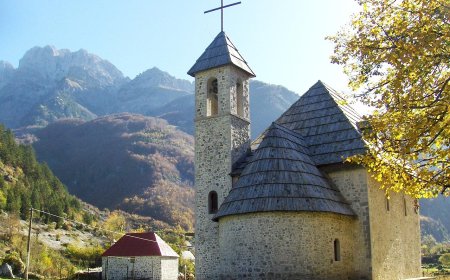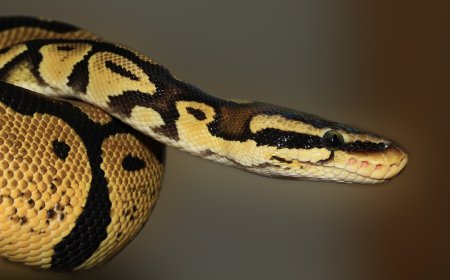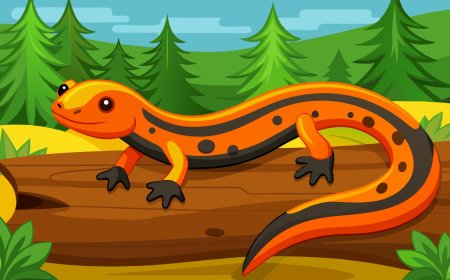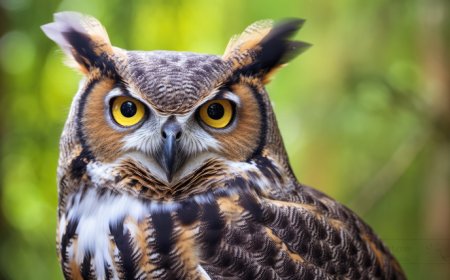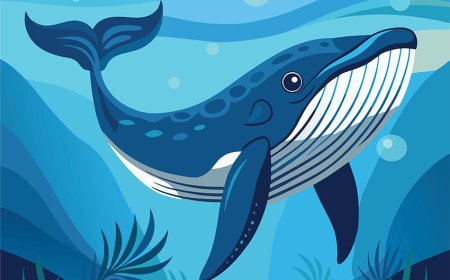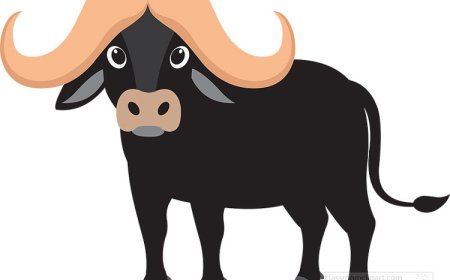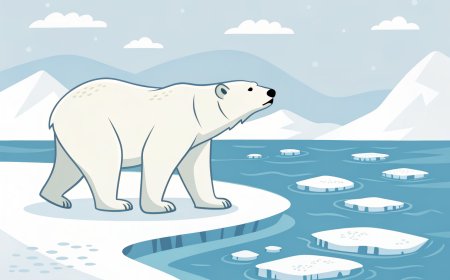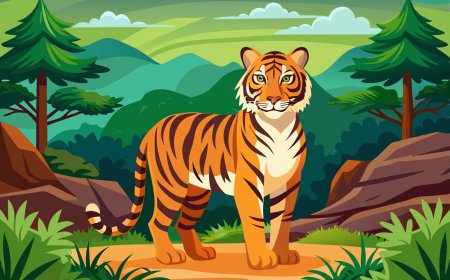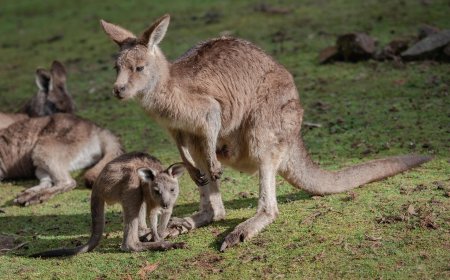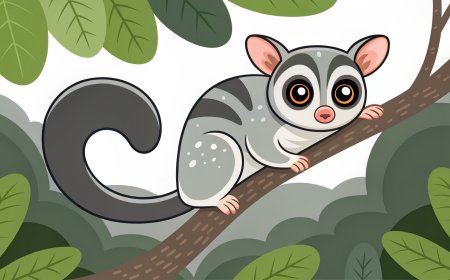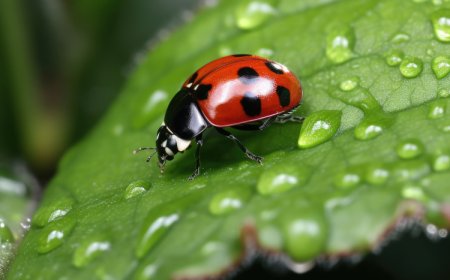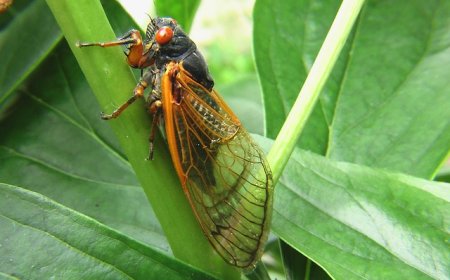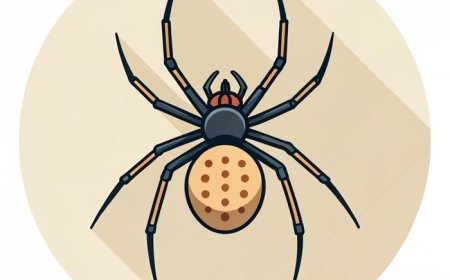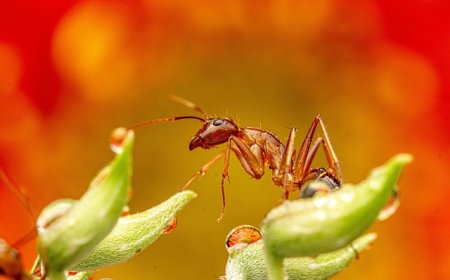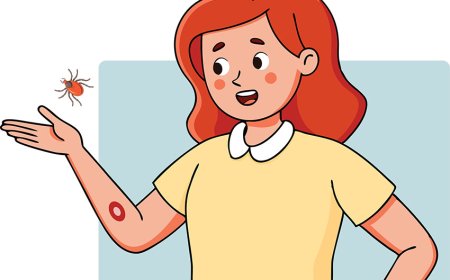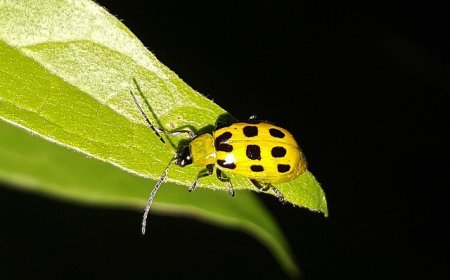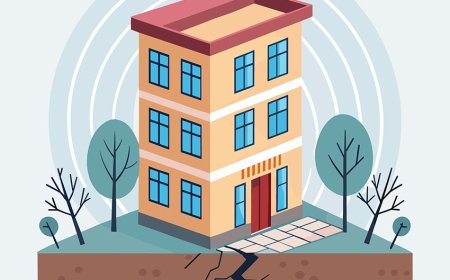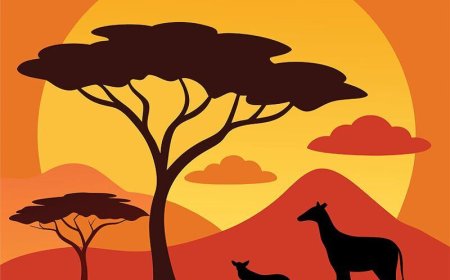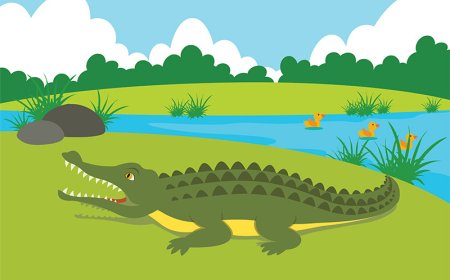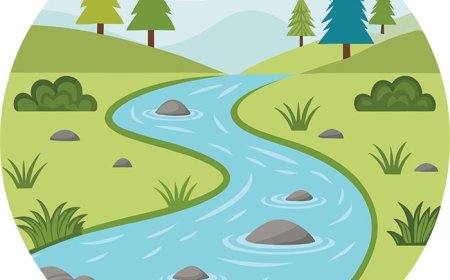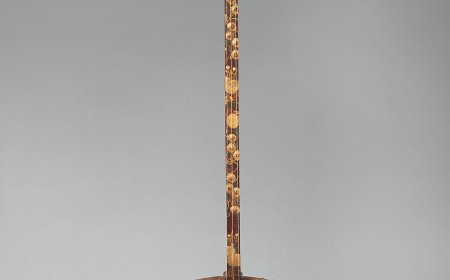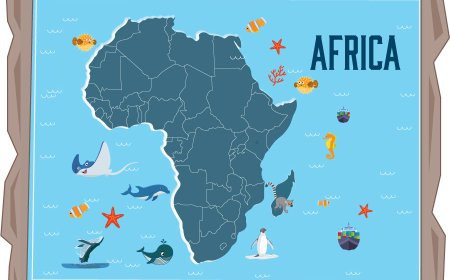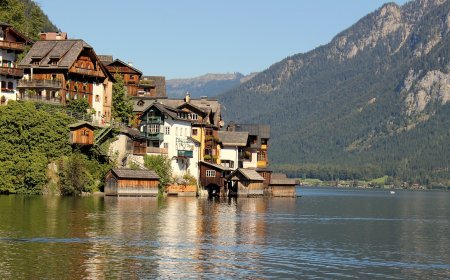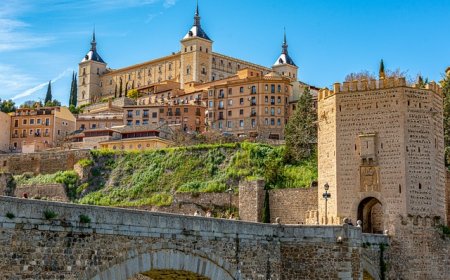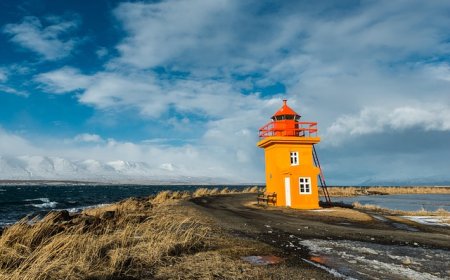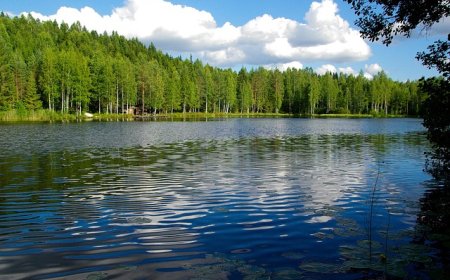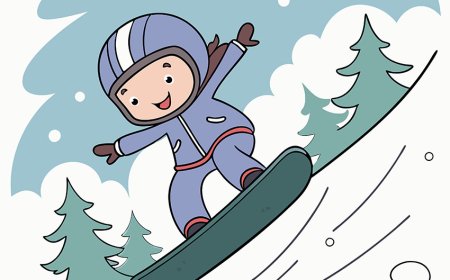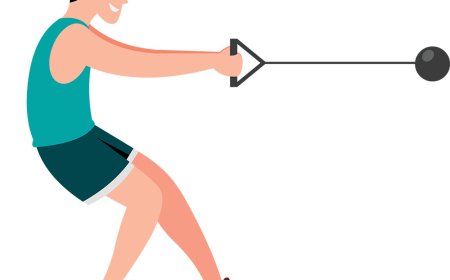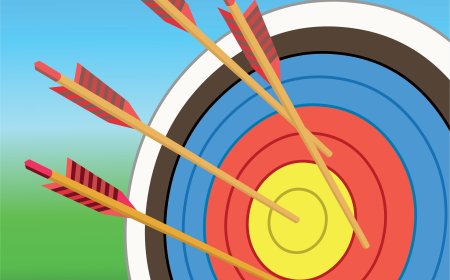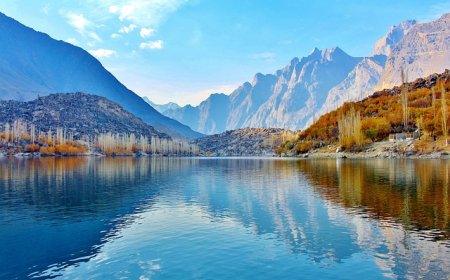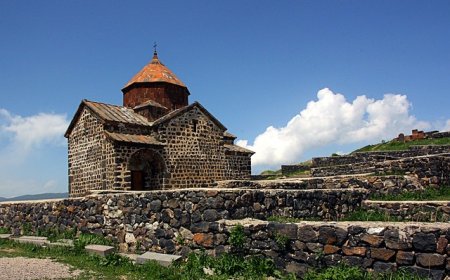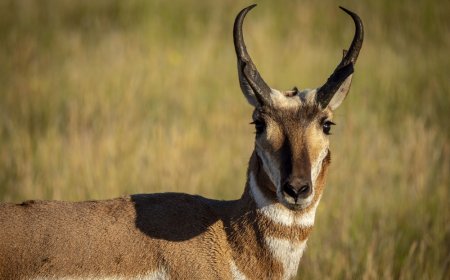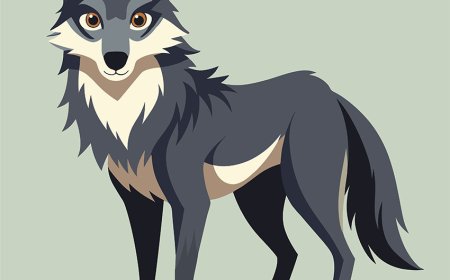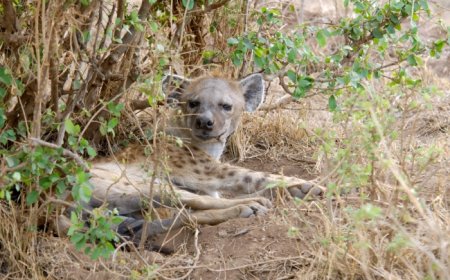All About American Bison: Giants of the Grasslands
explore the mighty American bison in this full-length student article. Learn about their behavior, diet, adaptations, and recovery from near extinction. Includes vocabulary, quiz, and a kid-friendly summary
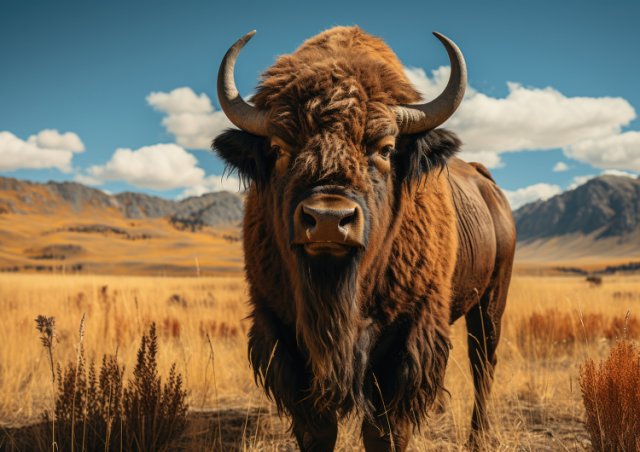
🦬 American Bison: Giants of the Grasslands
The American bison is a powerful and iconic North American animal. It has shaggy fur, humped shoulders, and massive size. It once roamed the great plains in huge herds. It is often called “buffalo,” but it is a different species.
Bison are a symbol of conservation success. They remind us of our deep link to the land.
🌍 Habitat and Geographic Range
Bison once lived across much of North America. They ranged from Canada to northern Mexico. They lived from the Rockies to the Appalachians. Today they live in grasslands, open woodlands, and parks like Yellowstone.
Bison need wide open spaces. They need grass and water. In winter they sweep snow aside with their heads to reach grass. People are restoring them to native lands.
🌿 Diet and Feeding Habits
Bison are grazing herbivores. They eat mainly grasses, wildflowers, and shrubs. They spend up to 11 hours a day grazing. Their wide, flat teeth help them chew tough plants.
Bison trim grasslands and support plant diversity. They spread seeds with their hooves and dung. They feed insects and birds. They push snow aside in winter.
🦴 Physical Features and Adaptations
Bison are the largest land mammals in North America. Bulls can weigh up to 2,000 lb and stand over 6 ft tall. Cows are smaller but still strong.
They have a thick woolly coat. They have muscle-filled shoulder humps. They have strong hooves and sharp horns. They have keen smell and hearing. They shed fur and wallow to cool off.
👥 Behavior and Herd Life
Bison are social. They live in herds of cows and calves. Bulls may live alone or in bachelor groups. In the rut, bulls compete for mates. Herds protect calves and find food together.
Bison communicate with grunts, snorts, and body language. They can run up to 35 mph. They are very agile.
🍼 Life Cycle and Reproduction
The rut runs in summer. Bulls bellow and spar. Females are pregnant for 9.5 months. They give birth in spring. Calves stand and walk within an hour.
Calves nurse for months and stay close to mothers. Bison mature at 2–3 years old. They live 15–20 years. Females may have one calf a year.
🧠 History and Conservation
In the 1800s, 30–60 million bison roamed North America. By the late 1800s, fewer than 1,000 remained. They were overhunted and lost habitat.
Today about 500,000 bison live in North America. Only 30,000 are wild or semi-wild. Tribes and wildlife groups work to restore them. They honor bison’s cultural and ecological importance.
🎉 Fun Facts
- Bison are the official national mammal of the USA.
- They can jump fences over 6 ft tall.
- A baby bison is called a “red dog.”
- Bison shaped the Great Plains by grazing.
- The largest herds are in Yellowstone and Canadian parks.
🧠 Vocabulary List
- Herbivore – an animal that eats only plants
- Prairie – a large open grassland
- Herd – a group of grazing animals
- Wallow – to roll in dirt or mud
- Rut – the breeding season
- Calf – a young bison
- Conservation – protecting nature
- Extinction – when a species disappears
- Reintroduction – returning animals to native lands
- Cultural importance – value in traditions
🧒 Kid-Friendly Summary
Bison are giant, shaggy animals. They live on North American grasslands. They eat grass and live in herds. They almost vanished but now thrive again. They are strong, fast, and vital to nature.
